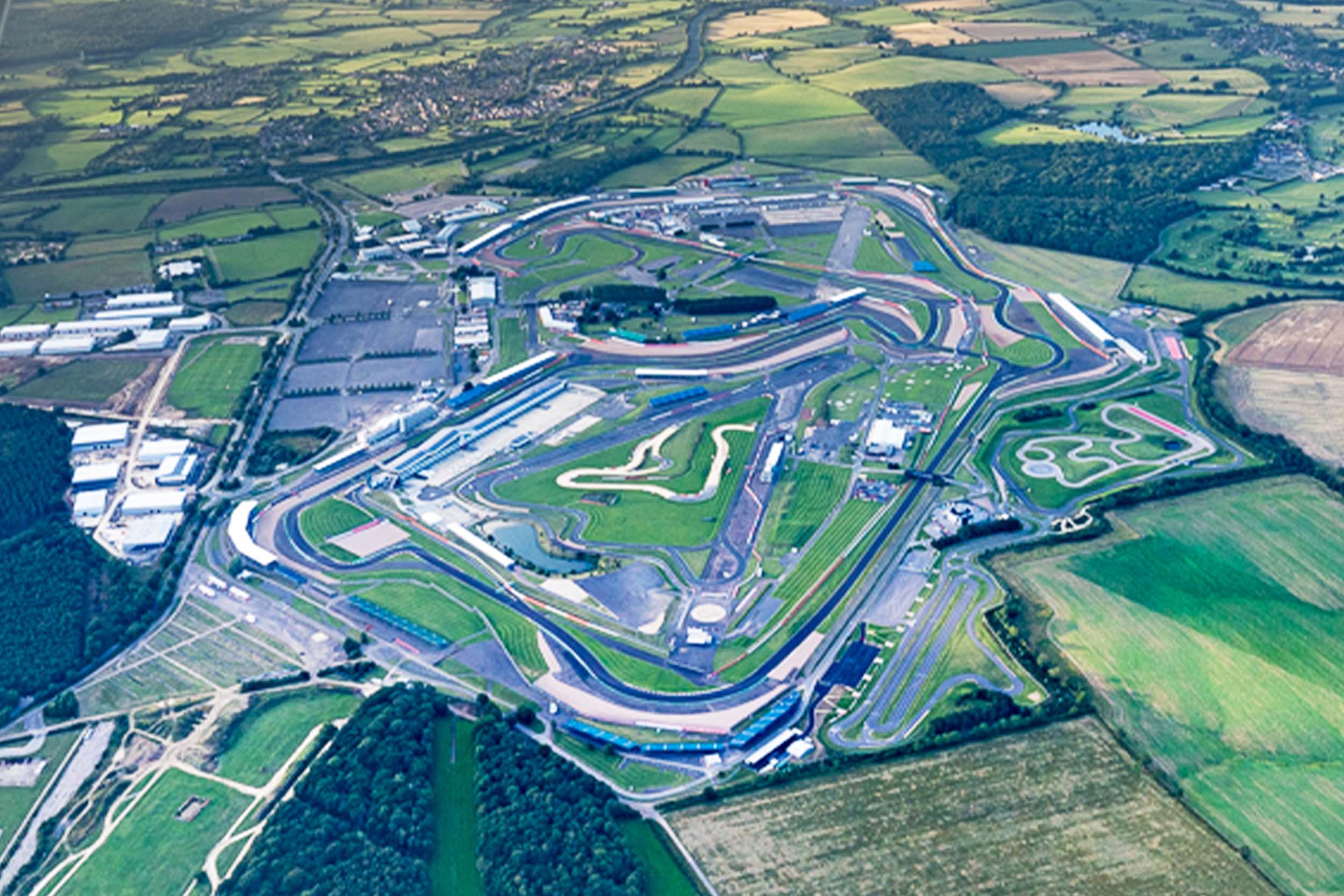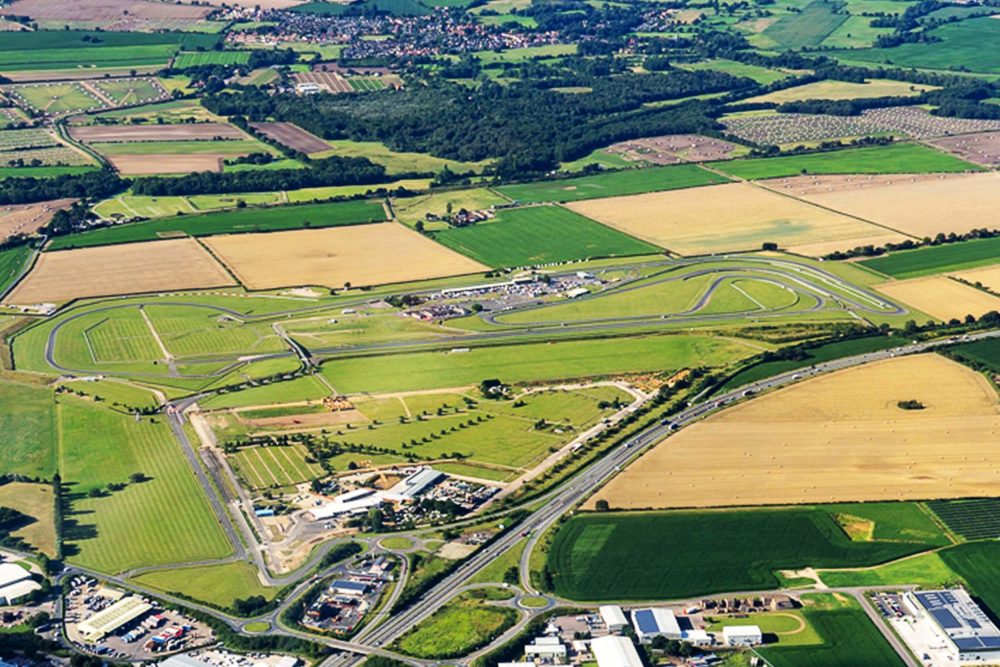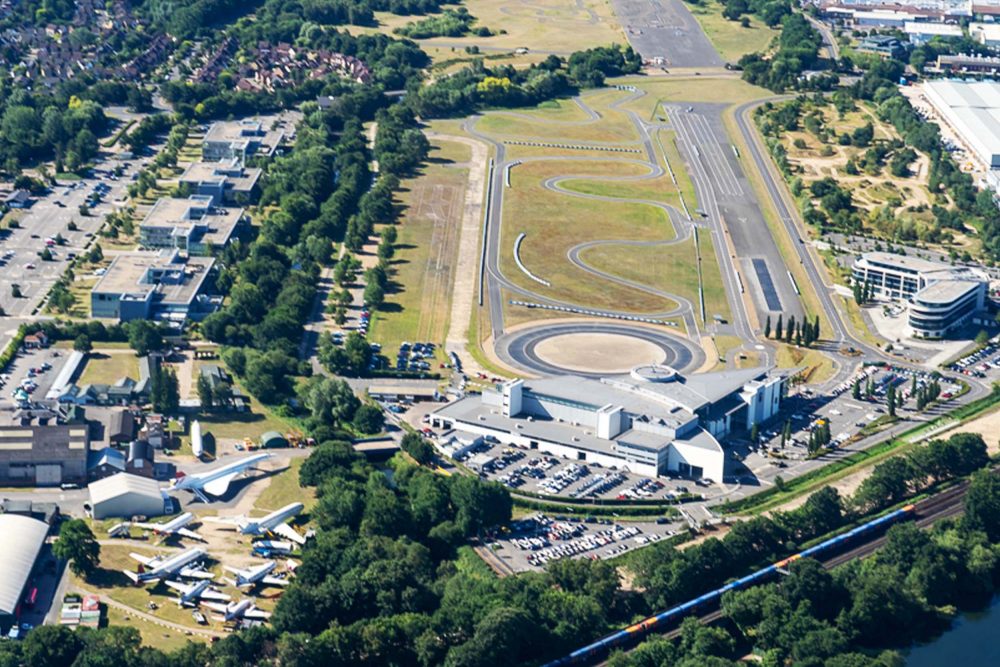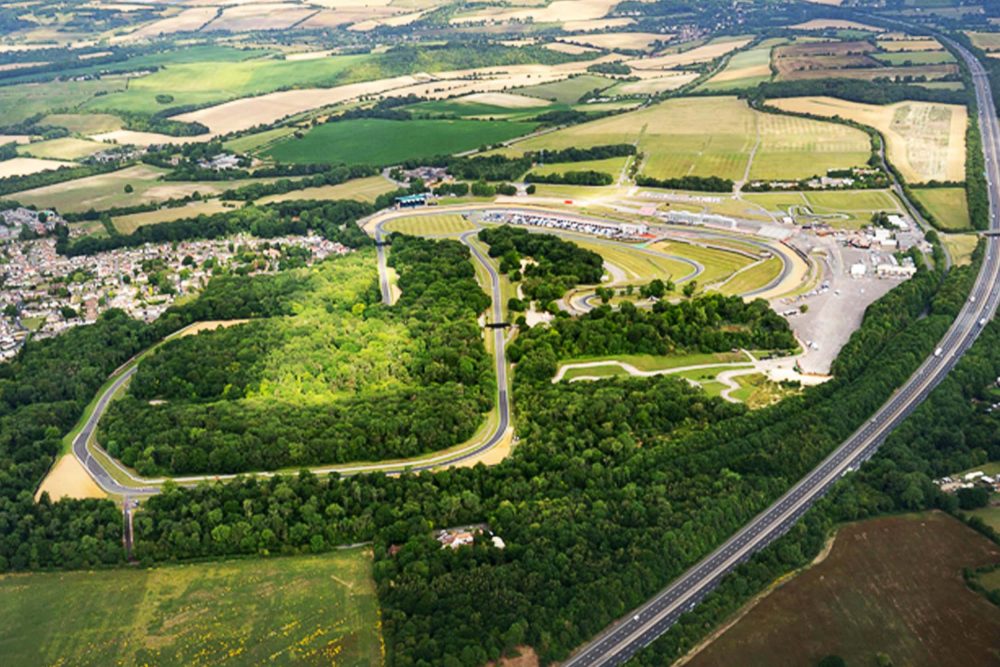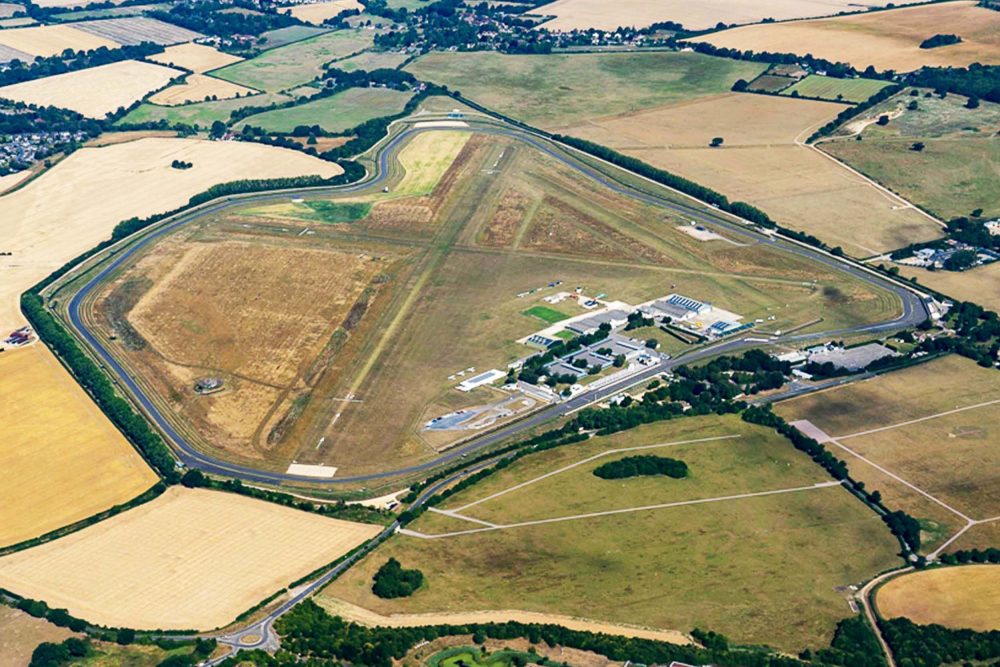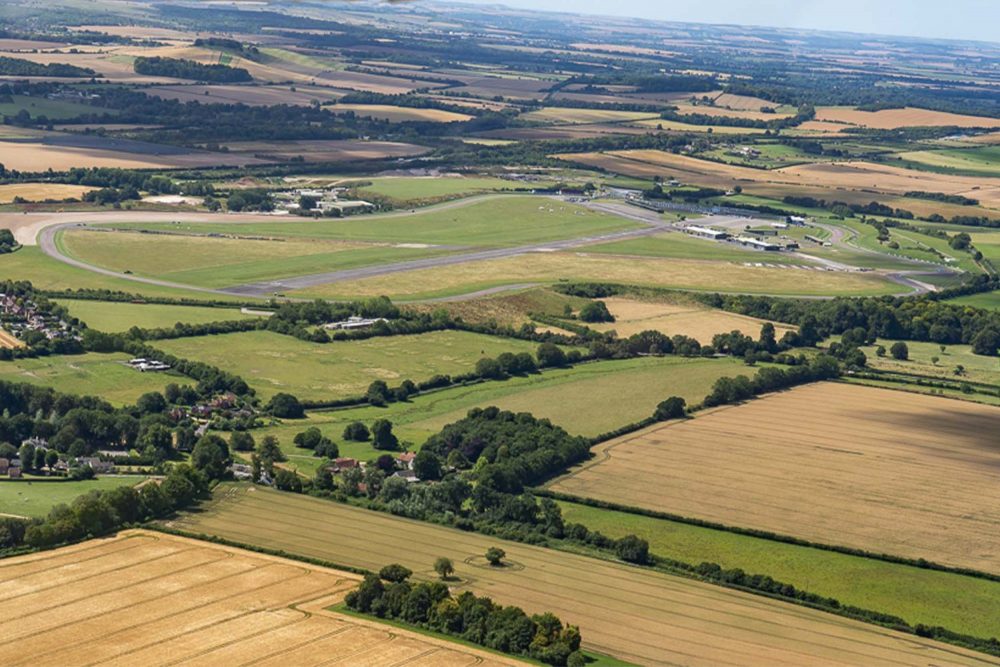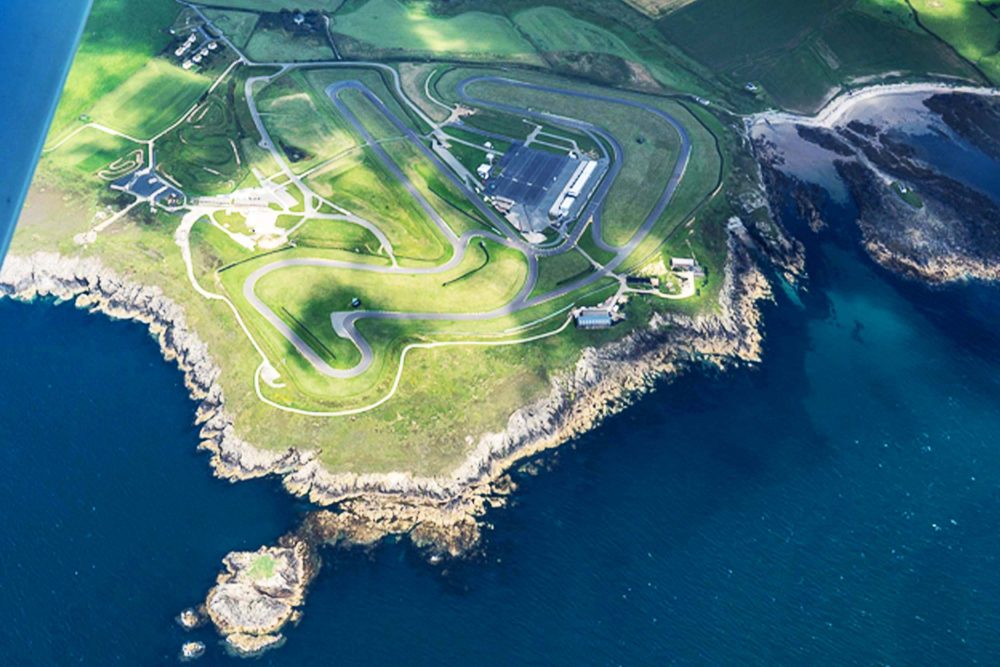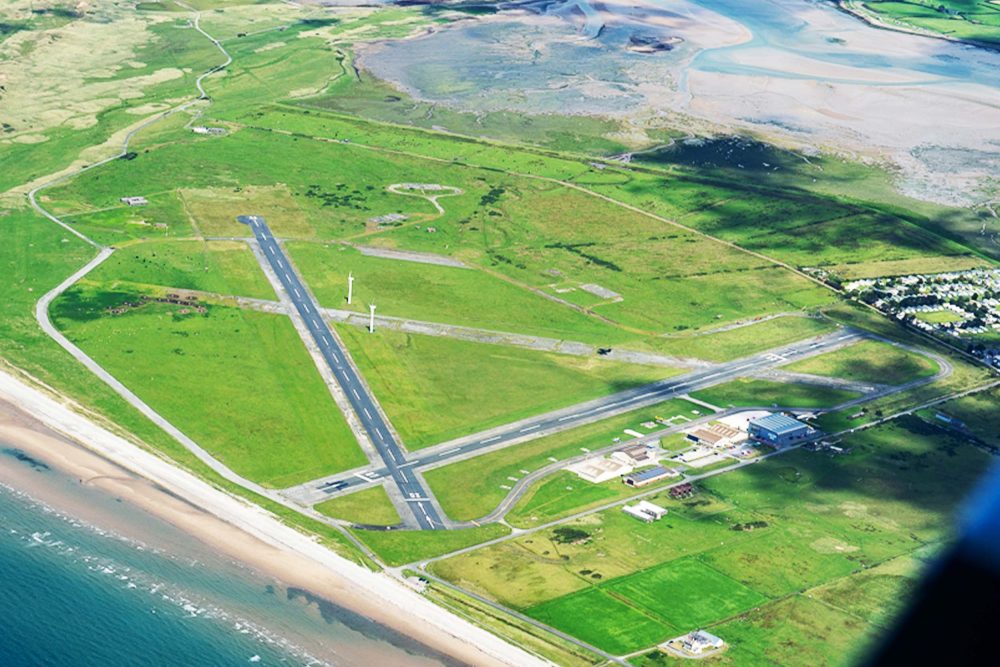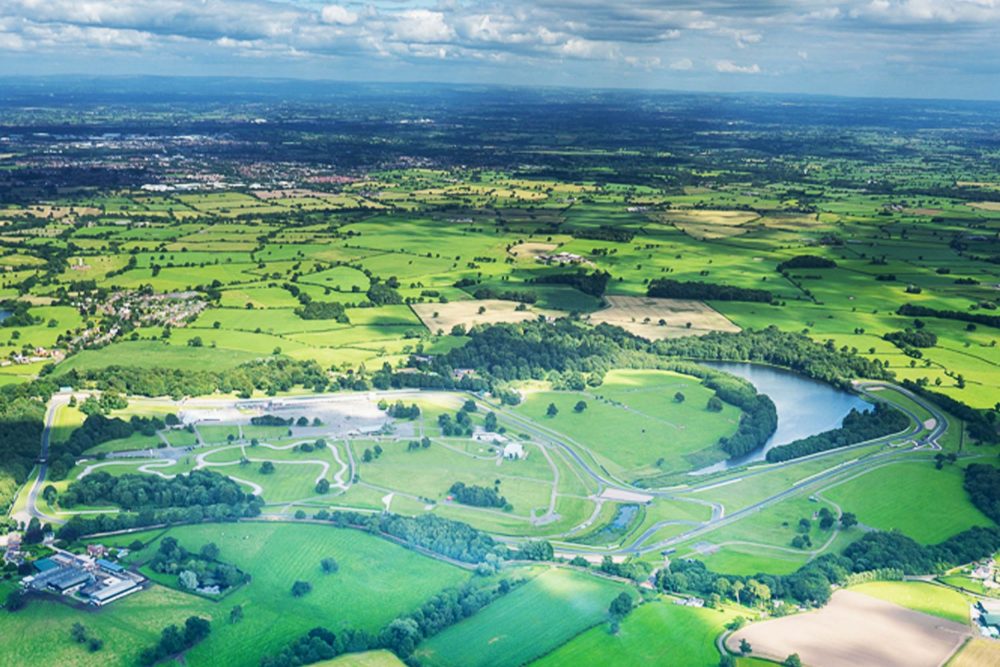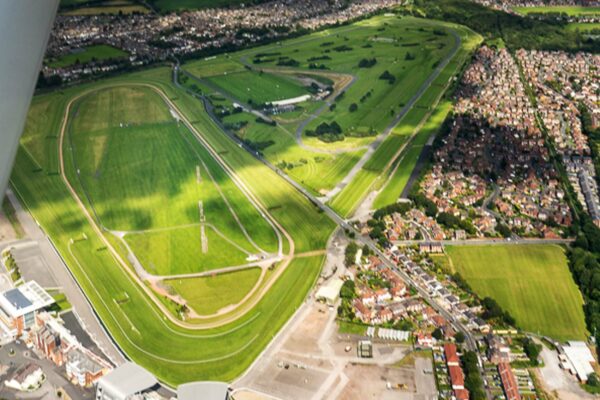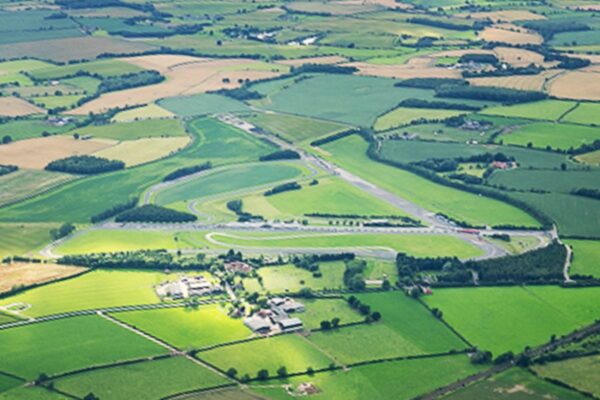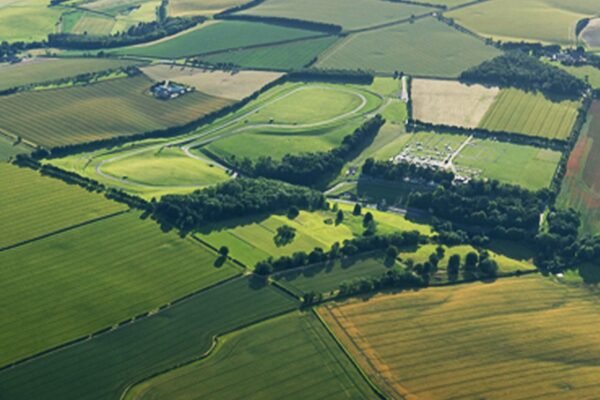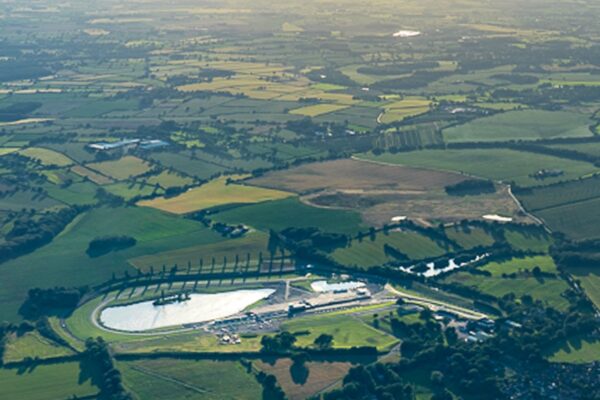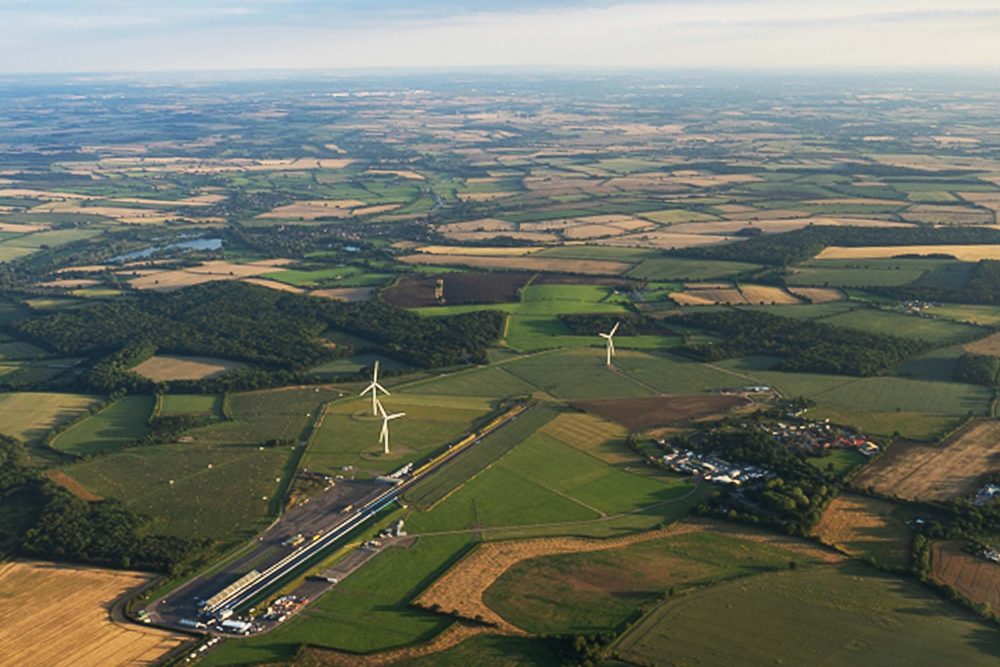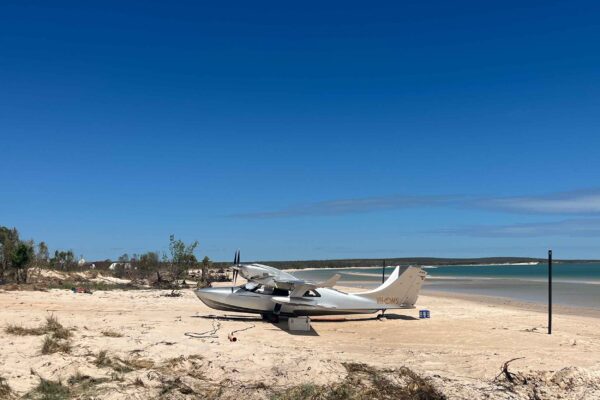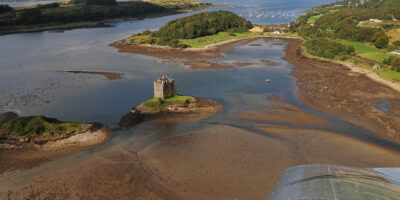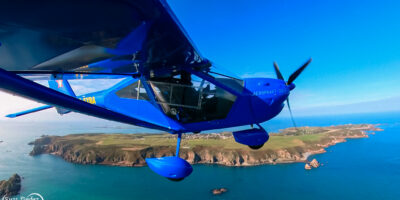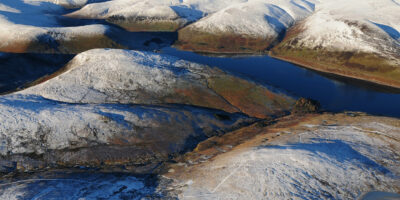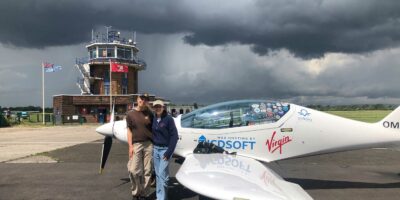Approaching Goodwood we descended to 2,500ft to allow us to grab a good picture of the track, while remaining clear of the ATZ, and then headed north-west, climbing back up to 3,000ft and skirting around the edge of the Solent CTA before speaking to Boscombe Zone as we made our way towards Thruxton for the first stop.
After being cleared across the MATZ and danger area D126 we changed frequency to Thruxton and made our approach not above 1,200ft to join downwind at the 800ft circuit height. On speaking to the air ground station at Thruxton we opted to take our racetrack photo on the departure, so we landed and headed to check in and organise a refuel (we filled to full tanks at each stop), Leg 1 complete!
Leg 2: Thruxton to Caernarfon, 238nm
2hr 45min: 1128L-1413L
After leaving the Boscombe MATZ we climbed out to 4,000ft and with the thermals building up it was quite bumpy at lower altitude. At 4,000ft we were back into nice smooth air, talking to Boscombe Zone and Brize for a LARS on the way as we headed towards our next circuit at Castle Combe.
Approaching Castle Combe we descended to 2,500ft to get a good picture of the circuit and changed frequency to Bristol Radar to obtain CTA transit clearance as we’d decided to make the most of the location and good weather to fly over the Clifton Suspension Bridge.
Bristol, as all ATC along the route, provided us with a great service, allowing us into the CTA ‘as required’ to overfly the bridge before we headed north-west towards Brecon and on our way to Pembrey circuit. We changed frequency to Cardiff en route to obtain a LARS for this next part of the journey.
We decided to take the opportunity to take in more scenery and tracked towards Brecon VOR/DME at 4,000ft. We encountered some light turbulence as we headed to Brecon, but nothing out of limits, and we enjoyed some cracking views before turning overhead the beacon and tracking outbound towards Pembrey, keeping ATC informed of our intentions.


